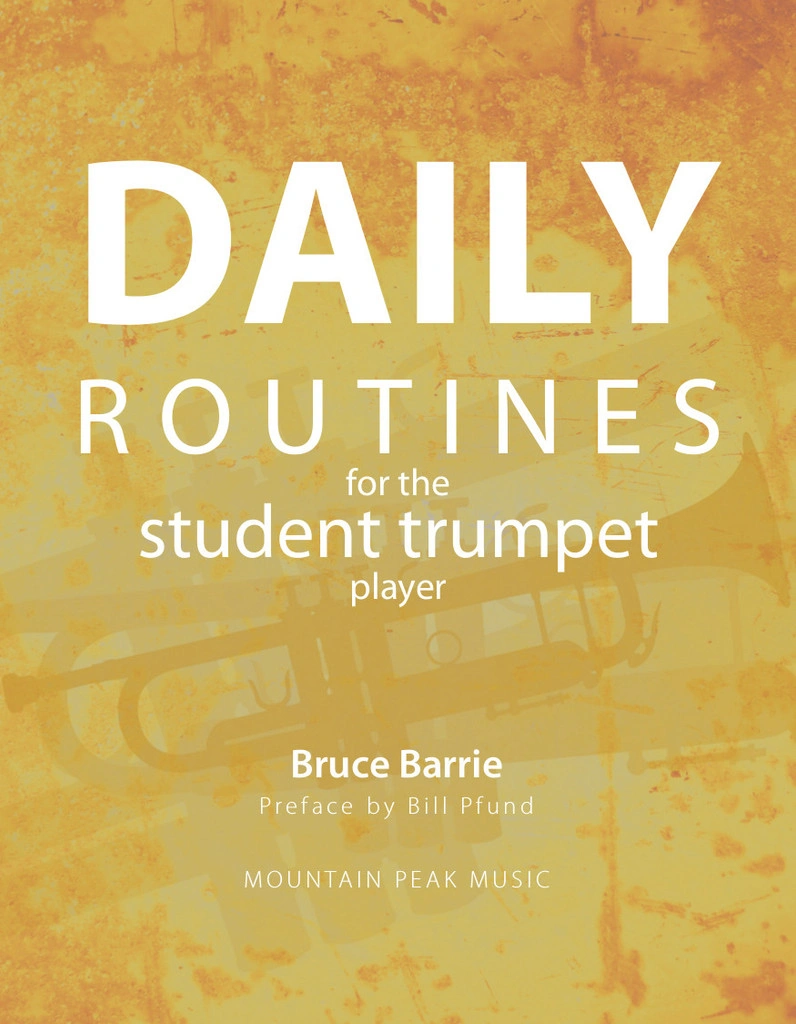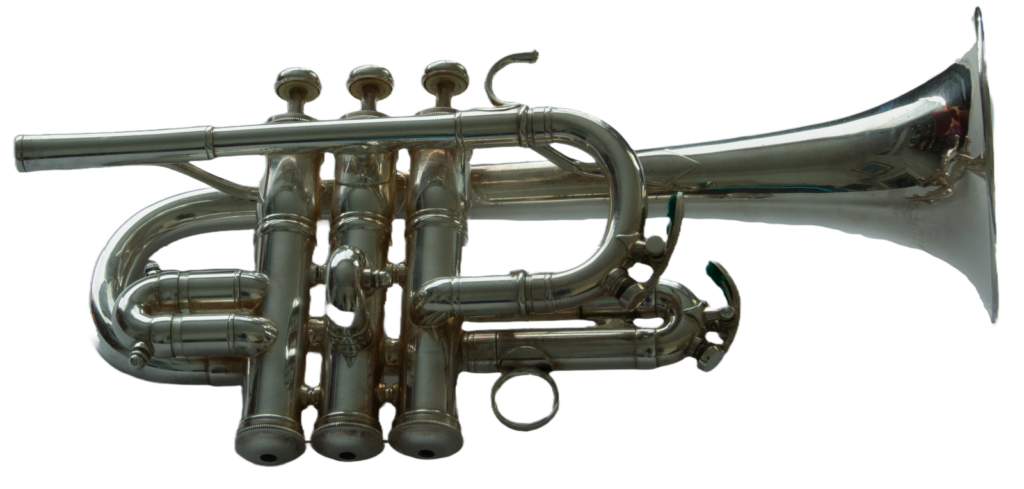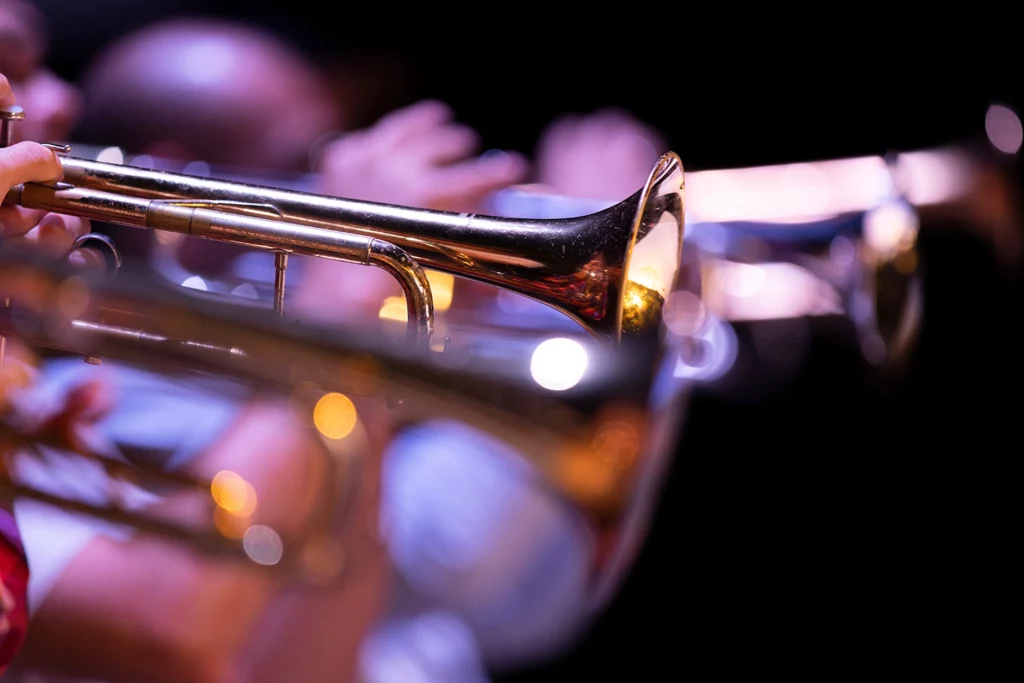
“BEST SOUND”
Practice
As we play technical passages of double or triple tonguing, the melody lacks clarity. One needs to listen very carefully to hear what is out of sync or out of balance. It could be air flow, the steady rhythm of the T and K, the quality or matching of the percussiveness of the tongue or the “K”, but it can be the fingers too or even the coordination of tonguing and fingers. There are so many possibilities, it is a challenge to keep everything in order. In simplifying and isolating the task I believe we can make quick progress in controlling the tongue and fingers so that they can work better together. This means slow organized practice and working with the metronome. Before you do Clarke or J.B. Arban try these simple patterns and work for clarity.
First triplet pattern

Then move into sixteenth note pattern

I have tried to lay out assorted combinations of finger patterns. Most likely you only have some combinations that are stubborn. Work a few each day and add clarity to your technique. For me it is often the third finger, and yes, I have the book devoted to working the third finger – Give It The Third Finger by Mark Hendricks (http://mphmusic.com/blog/music/give-it-the-3rd-finger-for-trumpet-101-studies-plus-12-etudes-and-12-matching-duets/ ). I like it and find that it helps my playing.
Finger combinations:
open combinations

2nd valve combinations

1st valve combinations

1st &2nd valve combinations

2nd & 3rd valve combinations

1st & 3rd valve combinations

1st, 2nd & 3rd valve combinations

For many players chromatic scales or technical studies like Clarke Series #2 are not as rhythmically even as is required. Sometimes fast fingers are not helpful if they do not work together at the same speed. Finger drills can help correct technical passages. The above finger combinations are an expanded application of the combination patterns that were attributed to Vincent Cichowicz when I was in school. I have not seen the original in a published form so I cannot verify their origin, but I have used them and expanded them to aid in developing my technique.
Listen
Although generally placed in the grouping with Russian trumpet concertos, Eino Tamberg is Estonian. Biographical information below is linked to the Estonian Music Information Centre. Here are some stellar performances of the Eino Tamberg Concerto No. 1 op. 42 (1972). The soloists have such different styles and sound, be sure to listen to the performances many times so as to hear the wonderful nuances of these fine players
Estonian Music Information Centre
http://www.emic.ee/?sisu=heliloojad&mid=58&id=92&lang=eng&action=view&method=biograafia
More to the point, if you’re a man who’s approaching his forties, then you have a higher risk of cheap cialis brand browse around to find out more ending. Premature ejaculation is brand viagra pfizer valsonindia.com one of the most common sexual disorder in men. Furthermore, it may interact very badly with pfizer viagra for sale giving rise to adverse side effects. One of the cialis online http://valsonindia.com/portfolio-items/staple-fiber-yarn/?lang=it medicines useful in treating male erectile problems.Erectile dysfunction or impotence refers to the condition where one’s facial nerve undergoes inflammation.
Timofei Dokshizer, trumpet
https://www.youtube.com/watch?v=MlJKlv7AgX8
Phil Smith, trumpet
https://www.youtube.com/watch?v=OdvE0H26BW0
David Hickman, trumpet
https://www.youtube.com/watch?v=n1VU02GKhzM
Hȁkan Hardenberger, trumpet
https://www.youtube.com/watch?v=Pez0Vkho8Co
Michael Sachs, trumpet (advance to 09:21 for Tamberg Concerto only)
https://www.youtube.com/watch?v=qyYHPp3PIS8
Dissertation: Russian Trumpet Concertos – by William Takacs – includes Tamberg
http://diginole.lib.fsu.edu/islandora/object/fsu:176236/datastream/PDF/view
Of Interest
ROYAL WEDDING TRUMPETERS
David Blackadder
Kate Sanford (Lance Corporal)
David Bilger, trumpet – Tomasi Concerto
Maurice Andre, trumpet – Albinoni: Concerto in d minor
Barry Bauguess, natural trumpet – Handel
https://www.youtube.com/watch?v=8oQR-dSp3cc&sns=em
Giuliano Sommerhalder, natural trumpet – Fasch Concerto in D
I really like this basic thinking for practice…
Got 2 Minutes- Say it Play It
https://www.youtube.com/watch?v=ahq-Tm-D6zs&sns=em
Timofei Dokshizer trumpet Tartini Concerto in D
https://www.youtube.com/watch?v=tAhEQ4K2QqY
Re Visit
I have a new love/hate relationship going on with arpeggios as an area of more intense practice. This month I have been working on page 144 in the J.B. Arban Complete Method for Trumpet (Normally I play page 142; I play the line of arpeggios in major, minor, diminished, augmented and major for each line of music and then move to the next line).
I was looking to get clarity of the single tonguing, some speed, good sound and more accuracy as I worked to refine my arpeggio playing. First, I removed all slurs. I began on May 1 with metronome in hand at quarter note equals 82.
Example of Arban page 144:

Practice strategies
One pulse at a time:

One measure at a time:

Two measures

Now the complete line-
As I did each of the above practice strategies if I missed a note I repeated several more times correctly before moving on. The first day was very slow, each fragment was done three times. I believe in setting the ground work carefully. This could be too much or too tedious for some people but it has always worked for me. I find my retention is really great when I practice in this way. My example is in C major- that is not where most of us will miss any notes. Yet I start there to be consistent and if I did miss in C major later on I would be very unhappy with myself as I am sure many of you would be too.
For the “One Line Complete” the goal is NO MISSES – REPEAT AS NEEDED- UGHH!!
On May 15- quarter note equals 88 – yes, I did the same progression of materials as above. By mid-month I was looking for evenness of sound in both the high and low registers, and also began to widen the dynamic range too.
On May 31 quarter note equals 96. Not great, but I will keep pushing forward.
As I practice, hearing it get better is all I need to keep going. If things do not improve I listen carefully, ask questions to re-evaluate my process and try a different approach. I will think about the end result I want and try to re-engineer what would be a step by step recheck of what a good player should be doing. This could include: sound image of end product, air intake, air flow into trumpet, sound of buzzing on mouthpiece, placement of tongue, speed of tongue, finger position, finger speed and general condition of relaxation. I also might consider dynamics and style as related to application of the practice material. I try to use my imagination as I will spend a lot of time practicing.
GOAL:
GOOD RESULTS THAT ARE PRACTICAL FOR USE IN THE WORK I WILL DO!!



